Amphitheatrum Flavium - Kolosseum
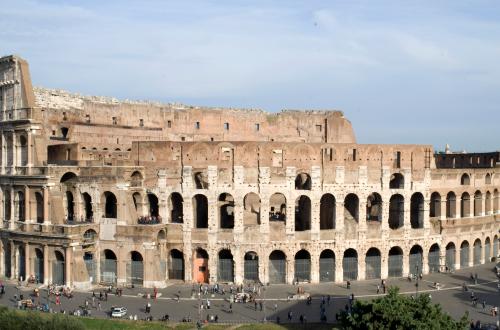
 Condividi
Condividi
The Roman villa dates from the 2nd century B.C. to the 4th century A.D. and is situated on a plateau within the municipal farm.
Since the 1990s, an archaeological area in Via Diego Fabbri has been discovered during work carried out by the La Cecchina Consortium.
These are two buildings from the Roman era discovered in 1915-1916 beneath the Basilica of San Sebastiano, traditionally known as Villa Grande (2nd century AD) and Villa Piccola (4th century AD).
[...]Built in 1902 by the architect Garibaldi Burba, author of other similar palazines in Prati and Parioli. On the façade, it displays exceptional ceramics, with wrought iron and fresco decorations.
[...]The Villino Corsini is an elegant eighteenth-century building of the Villa Corsini, purchased in 1856 by Prince Filippo Andrea V Doria Pamphilj and annexed to the large villa outside Porta S.
[...]Originally, the site of the villa was much larger than it is today, including what is now Villa Mirafiori and Villa Crespi.
Situated in the Coppedè district, the building is characterised by a total asymmetry, with medieval arches and friezes made from the fusion of different materials, such as marble, brick, travertine
[...]The Villino Bisini-Douhet, set in the Umbertine area of the Prati district in Rome, was first designed by engineer Scipione Regnoli at the behest of Romeo Bisini with a construction permit dated Au
[...]The Villino Hüffer is a significant example of a prestigious late 19th century mansion. It was designed by French architect Jules A.F.A.
The small villa is one of the most elegant examples of Art Nouveau in Rome. It was the home-studio of the Palermitan sculptor Ettore Ximenes (1855-1926).

 Condividi
Condividi
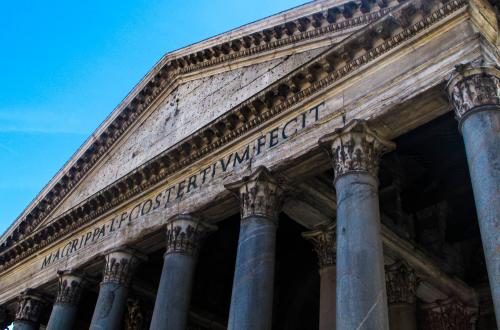
 Condividi
Condividi
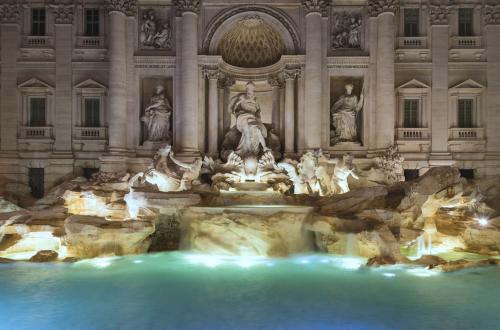
 Condividi
Condividi
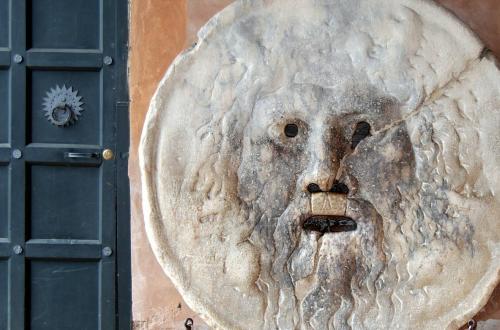
 Condividi
Condividi
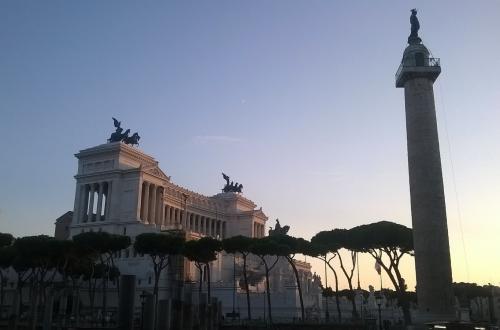
 Condividi
Condividi
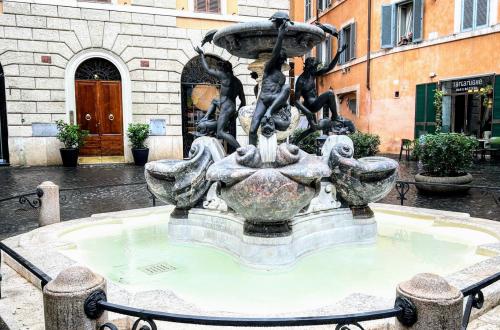
 Condividi
Condividi
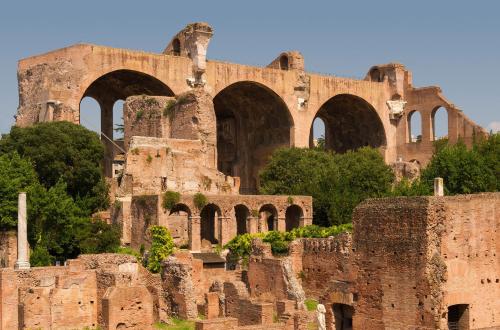
 Condividi
Condividi